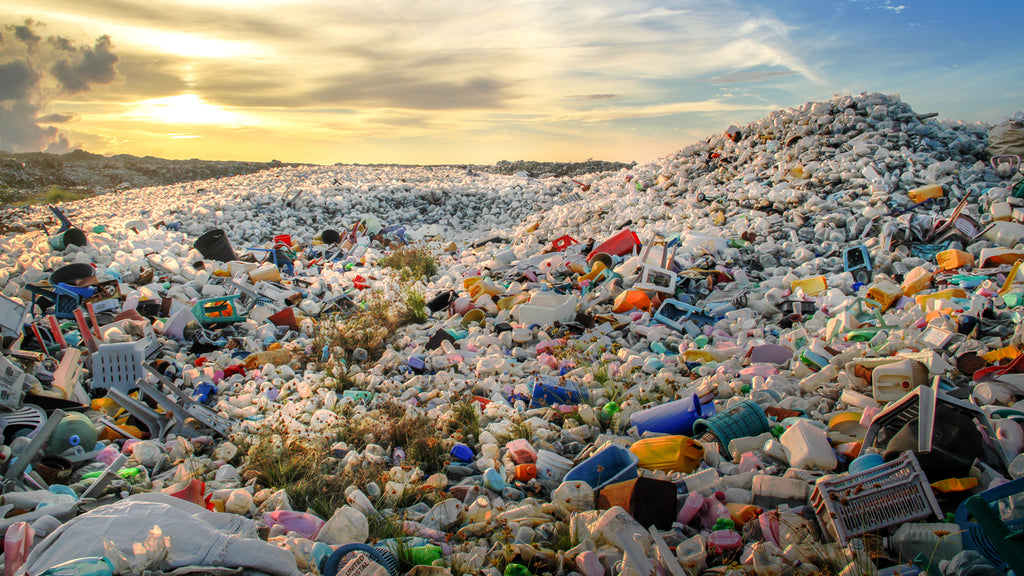Fact or Fiction Friday - 50 shades of decomposition 🤔

Wet wipes or disposable cleaning cloths decompose fairly rapid.
FALSE Wet wipes are popular for quickly removing makeup, changing babies' diapers, and making housecleaning a snap, as well as recently used for antibacterial wipes to disinfect everything from hands to surfaces touched by the public. The problem is they contain polyester-based plastic that's virtually indestructible. They take a century to break down after they're tossed in the garbage or flushed down the toilet.
How long it takes 50 common items to decompose
All non-living things are eventually broken down into simple molecules by the elements, microorganisms, and the ravages of time, but some things take significantly longer to decompose than others. When a person throws something in the garbage, the discarded item seems to be out of their life forever. However, the item's journey to elemental breakdown or decomposition has just begun. Organic materials like the leftover pieces of salad someone couldn't quite finish can return to the Earth in a matter of days, but the plastic that salad was packaged in can stay put for thousands of years.
It's important to note that many variables affect decomposition, and the timelines stated in this article are derived from averages or amalgamations based on large samples. Decomposition rates can vary dramatically based on factors like temperature, moisture, exposure to sunlight and the elements, the presence or lack of microorganisms, and whether the object is buried or exposed. Also, some items like plastic bottles contain a variety of objects that are made differently from various quantities of dissimilar materials. In other words, not all plastic bottles are the same, so they're likely to have varied decomposition rates.
Read on to find out how long it takes 50 common items to decompose.
Monofilament fishing line: 600 years
Plastic bags: 10–1,000 years
Foamed plastic cups: 50 years
Straws: 200 years
Wet wipes: 100 years
6-pack holders: 450 years
Tin: 50 years
Tires: 2,000 years
Nylon fishing nets: 40 years
Nylon fabric: 30–40 years
Plastic bottles: 450 years
Cotton T-shirts: 6 months
Wool socks: 1–5 years
Synthetic fabric: 100-plus years
Aluminum cans: 80–100 years
Vegetables: 5 days–1 month
Orange peels: 6 months
Banana peels: Up to 6 months
Hairspray bottles: 200–500 years
Rope: 3–14 months
Sanitary pads and tampons: 25-plus years
Cotton gloves: 3 months
Latex gloves: several months to several years
Thread: 3–4 months
Paper waste: 2–6 weeks
Iron: several years
Food waste: several months to several years
Shoes: 25–40 years
Rubber boot soles: 50–80 years
Cardboard: 2 months
Train tickets: 2 weeks
Canvas: 1 year
Paper towels: 2–4 weeks
Waxed milk cartons: 3 months
Non-waxed cartons: 5 years
Disposable diapers: 500 years
Rubber bands: up to 1 year
Painted boards: 13 years
Lumber: 10–15 years
Plywood: 1–3 years
Batteries: 100 years
Ink cartridges: 450–1,000 years
Leather: 50 years
Plastic bottle caps: 10–500 years
Apple cores: 2 months
Polyurethane seat cushions: 1,000 years
Glass: 1 million-plus years
Aluminum foil: never
Styrofoam: never
#Naturalhomebrands #decomposition #gogreen #ecofriendly #factorfictionfriday #disposabletimeline #householditems- Carole Zellers